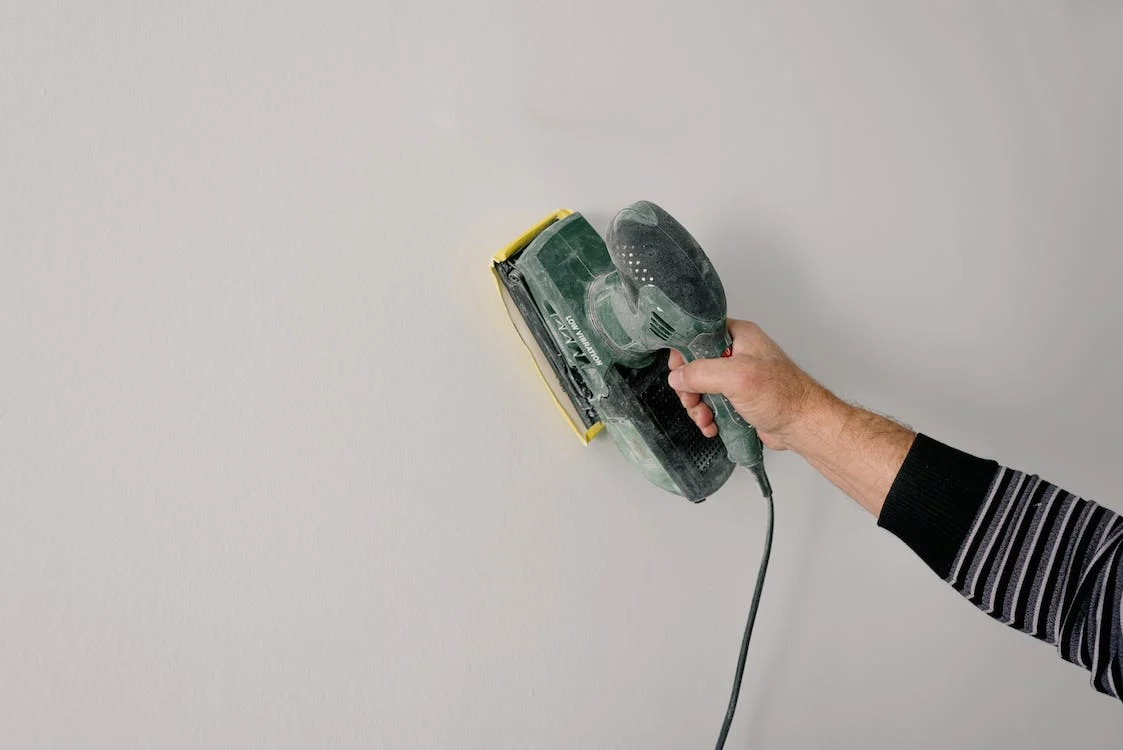Concrete sanding is a crucial skill for any construction professional aiming to achieve smooth, aesthetically pleasing surfaces on floors, walls, and other concrete structures. This process not only enhances the appearance but also prepares surfaces for painting, sealing, or staining. Whether you’re a seasoned contractor or new to the field, understanding the right techniques and tools for concrete sanding can significantly impact your project’s success.
Understanding Concrete Sanding
Concrete sanding involves smoothing out the top layer of a concrete surface using abrasive materials. The primary goal is to remove imperfections, such as bumps, ridges, or rough spots, to create a uniform surface. This preparation is essential for subsequent treatments or finishes that require a smooth base to adhere properly.
Assessing the Surface
Before you start sanding, thoroughly assess the condition of the concrete surface. Identify any significant cracks, divots, or uneven areas that may require repairs before sanding. Addressing these issues beforehand ensures a smoother sanding process and a more polished final product.
Choosing the Right Tools
The tools and equipment you select for concrete sanding can vary based on the project’s size and the specific finish you aim to achieve.
Handheld vs. Walk-Behind Sanders
For smaller projects or tight spaces, handheld sanders offer maneuverability and precision. On larger surfaces, walk-behind sanders save time and labor by covering more area efficiently. Regardless of the size, using a sander equipped with a vacuum attachment minimizes dust and debris, creating a safer work environment.
Selecting the Correct Abrasive
The choice of sanding disc or pad depends on the concrete’s condition and the desired smoothness. Start with a coarser grit to remove major imperfections, then gradually move to finer grits for a polished finish. Using progressively finer abrasives ensures a smoother surface without skipping essential steps in the sanding process.
Sanding Technique

Proper technique is critical in achieving a uniformly smooth surface without causing damage to the concrete.
Even Pressure and Motion
Apply consistent pressure while moving the sander in smooth, overlapping passes. Avoid lingering too long in one spot to prevent gouges or uneven areas. The key is to maintain steady movement and evenly distribute the sanding effort across the surface.
Dust Management
Keeping the work area clean is essential for safety and efficiency. Regularly vacuum dust and debris to maintain clear visibility and prevent the buildup from affecting the sanding process. Using a sander with a built-in vacuum system significantly reduces cleanup time and airborne particles.
Finishing Touches
After achieving the desired smoothness, thoroughly inspect the surface for any missed spots or inconsistencies. A final pass with a very fine grit can enhance the surface’s texture, preparing it for any finishes or treatments.
Preparing for Sealing or Coating
Once sanding is complete, remove all dust and debris to ensure a clean surface for sealing, painting, or staining. Applying a finish not only protects the concrete but also enhances its appearance. Ensure the surface is completely dry and free from any residues before proceeding with the application.
Beyond the Surface
Mastering the art of concrete sanding is more than just achieving a smooth finish; it’s about laying the foundation for durable, high-quality concrete installations. By understanding the techniques and tools required, construction professionals can ensure their projects stand the test of time with finishes that are both functional and visually appealing.
Crafting Excellence in Concrete
In conclusion, concrete sanding is an indispensable skill in the construction industry, requiring a blend of the right tools, techniques, and attention to detail. By following these guidelines, professionals can elevate their projects, ensuring each step in the process contributes to a flawless finish. Whether you’re preparing a surface for a high-gloss coating or smoothing a pathway, the principles of effective concrete sanding remain the same: assess, select, sand, and finish with precision.
We hope this guide empowers you to tackle your next concrete sanding project with confidence. Feel free to share your experiences and tips in the comments below; let’s continue to build our knowledge and expertise together.



















